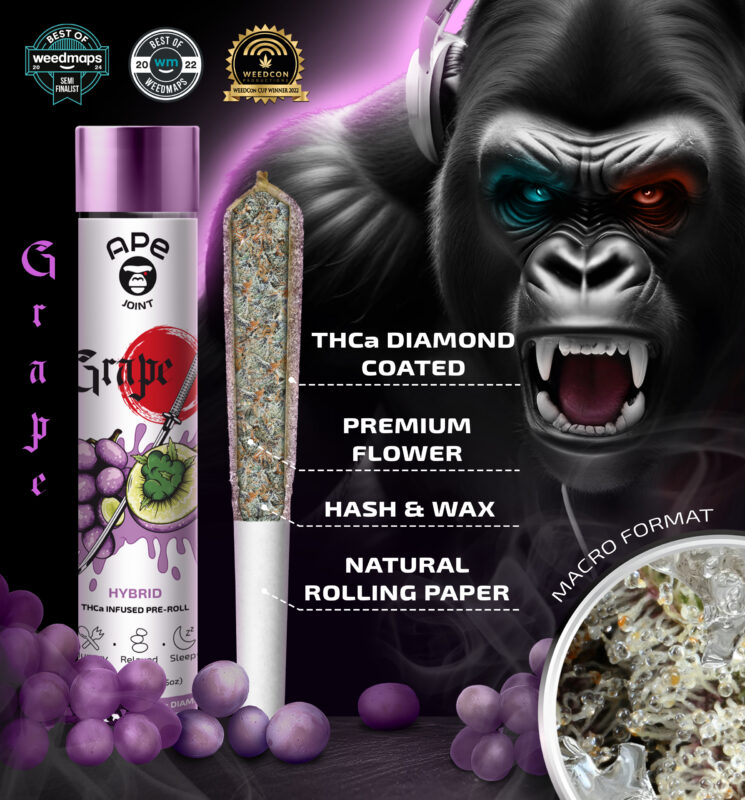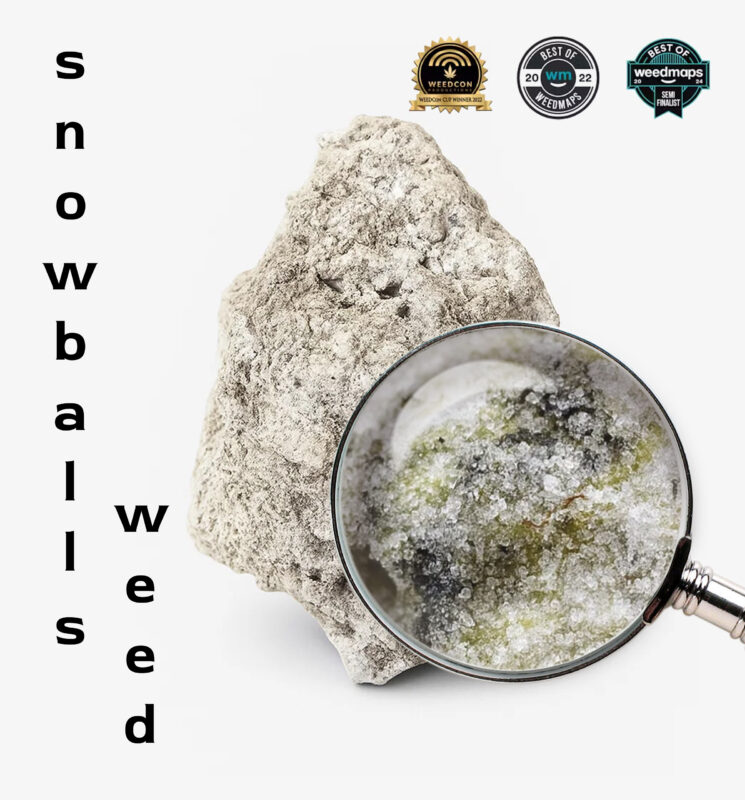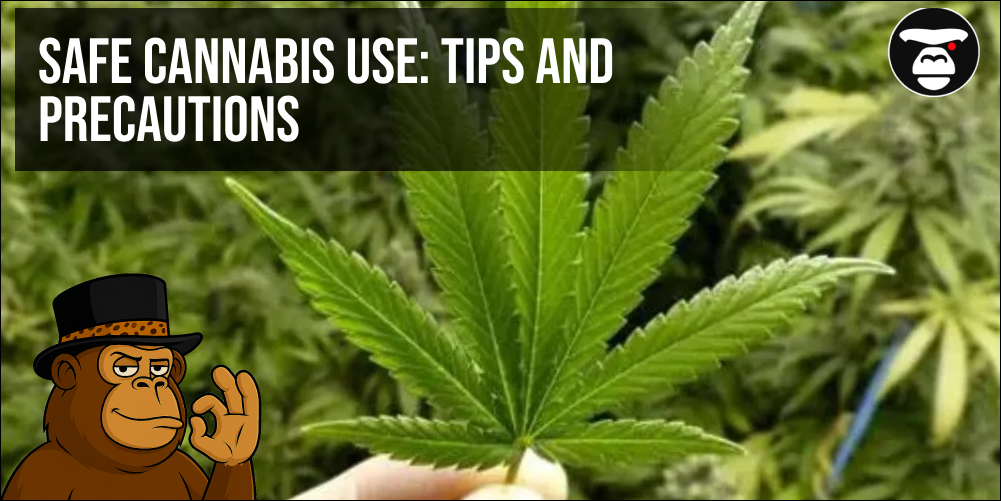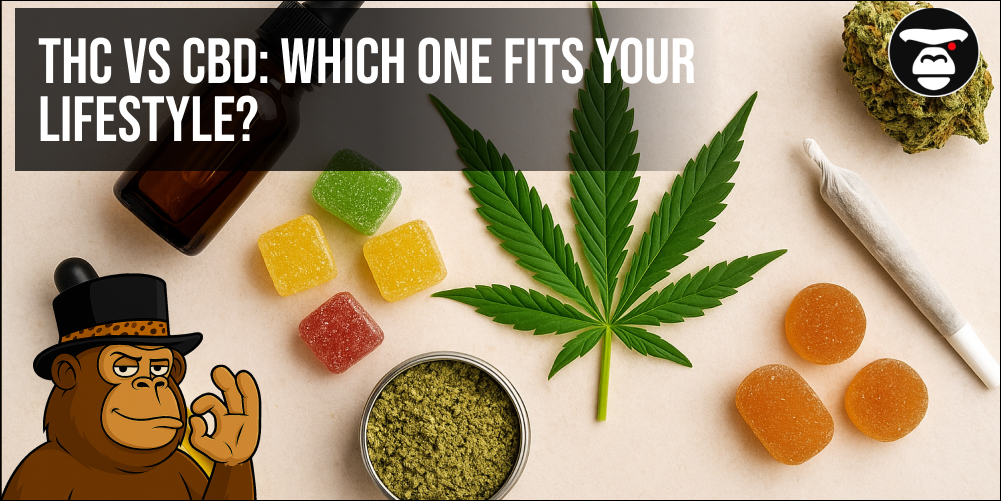
Weed Education
What influences more: genetics or growing method?
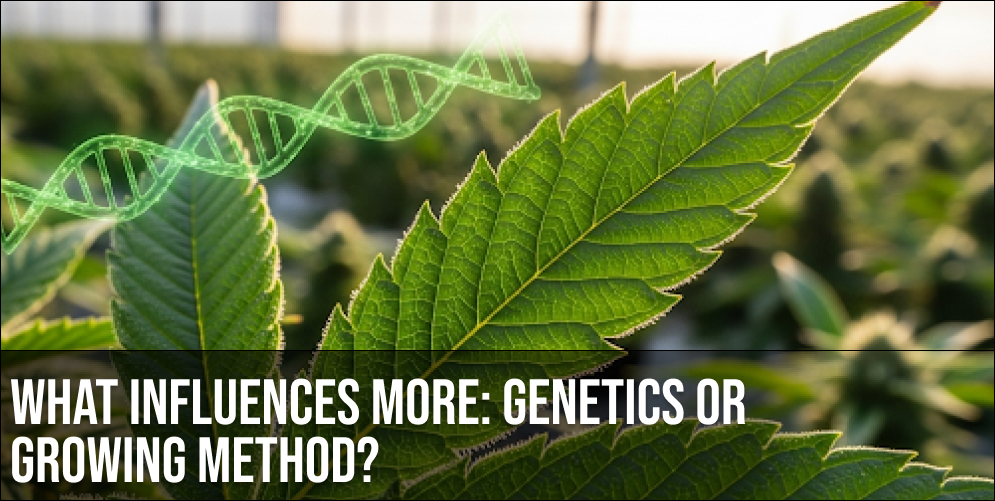
Cannabis cultivation is no longer an underground art reserved for hobbyists—it’s become a sophisticated science. As the market expands and consumers seek tailored experiences, the conversation among cultivators, breeders, and connoisseurs grows louder: What influences more: genetics or growing method? The answer isn’t as straightforward as picking one over the other. Both play a critical role, and understanding their interplay is key to unlocking a strain’s full potential, whether you’re a seasoned grower or a curious consumer. This debate is not just academic—real-world harvests, medicinal effects, and user satisfaction hang in the balance. It’s a question that guides product development, growing investments, and personal cultivation decisions around the world.
What influences more: genetics or growing method? This question shapes the cannabis industry. It’s not just about theory—it affects how products are made, how effective they are, and what kind of experience consumers ultimately enjoy. Some argue that genetics are the foundation, while others insist that cultivation technique holds the reins. But in truth, the best results come when both elements are optimized. This nuanced balance between nature and nurture has made this one of the most debated topics among cannabis professionals and enthusiasts alike.
- Genetics act as the plant’s natural limits and potential.
- Growing methods control how close the plant gets to fulfilling that potential.
- Only the fusion of both guarantees premium cannabis.

Why Genetics Set the Tone from the Start
Every cannabis seed carries a history—an invisible story encoded in its DNA. These genetic instructions dictate everything from how tall a plant will grow to how pungent its aroma will be. Strains with well-established lineages like OG Kush or Blue Dream have earned their reputation through generations of careful selection. Their genetics not only ensure consistency, but also define traits that affect everything from flavor to medical efficacy. Without strong genetics, even the best cultivation practices might not yield remarkable results. So, what influences more: genetics or growing method? When looking at strain identity and consistency, the answer leans toward genetics.
For those growing for therapeutic purposes, genetics are even more crucial. Specific cannabinoid profiles can better address certain symptoms. For example, high-THCA strains may help with inflammation, while balanced CBD strains might reduce anxiety. These properties are built into the seed—no amount of light manipulation or nutrient control can change that core identity. Genetics establish the ceiling of potential, and some ceilings are simply higher than others. What influences more: genetics or growing method? For medicinal precision, genetics often take the lead.
- Genetics dictate aroma, flavor, and cannabinoid profiles.
- Therapeutic value often depends on genetic makeup.
- Lineage consistency is essential for reliable outcomes.
The Art and Science Behind Growing Methods
While genetics set the framework, cultivation is the craft that gives it shape. Growing methods cover everything from light cycles and soil choice to humidity control and nutrient feeding. Think of genetics as a screenplay and the grower as the director—it’s up to them to bring the story to life. Even the most genetically gifted plant can fail to thrive if placed in poor conditions. That’s why indoor vs. outdoor environments, hydroponics vs. soil, and organic vs. synthetic feeding regimens all drastically influence the final outcome. So, again: What influences more: genetics or growing method? In the hands of a skilled grower, growing method takes center stage.
The grower’s expertise determines how close the plant gets to expressing its genetic maximum. Managing light exposure, trimming for better airflow, and harvesting at peak ripeness all affect potency and yield. Even something as seemingly minor as flushing nutrients at the right time can change flavor dramatically. In this sense, what influences more: genetics or growing method? becomes a practical concern. Without skilled execution, genetics alone are not enough.
- Environmental inputs determine how genetics are expressed.
- Skillful growers can enhance even average strains.
- Execution matters just as much as starting material.
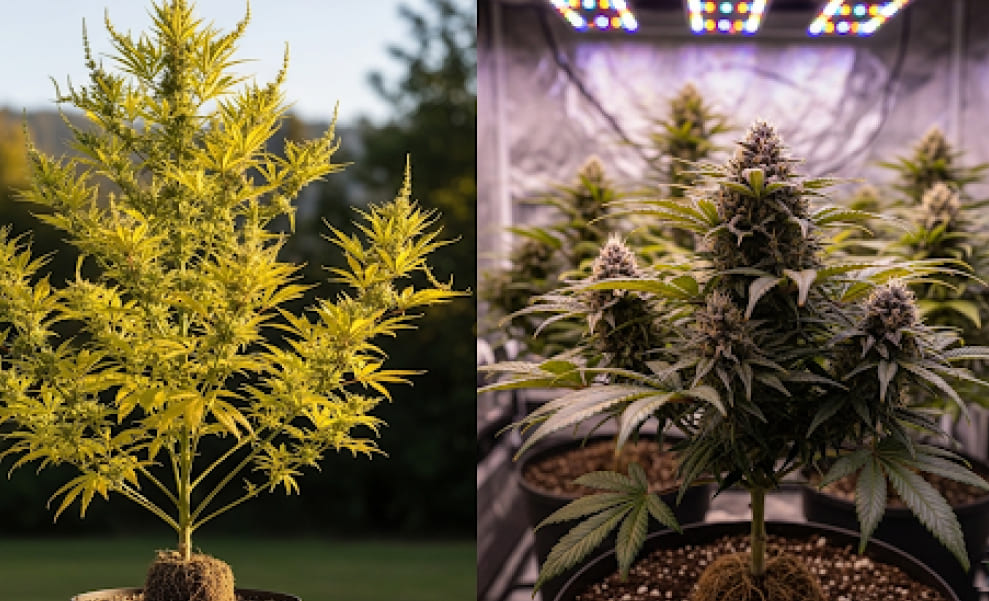
Phenotype Expression: Where Genetics and Method Collide
When you grow multiple seeds of the same strain, the plants don’t always turn out identical. That’s because they express different phenotypes—variations in how their genetics manifest based on environmental conditions. A single seed might grow tall and citrusy in one setup and compact and spicy in another. This is where the interaction between genetics and growing method becomes especially clear. Genetics give the range of possible traits; cultivation decides which ones show up. In asking what influences more: genetics or growing method?, phenotypes offer the clearest case for balance.
Growers who understand this relationship can steer phenotypes toward desired outcomes. For example, by adjusting temperature and humidity, it’s possible to highlight certain terpene profiles or increase trichome production. This ability to fine-tune outcomes makes experienced cultivators invaluable. The best growers don’t just plant and water—they observe, adjust, and respond throughout the plant’s life cycle to encourage peak expression. So in the real world, what influences more: genetics or growing method? The answer is: both, simultaneously.
- Phenotype is the living intersection of nature and nurture.
- Environmental shifts can unlock hidden traits.
- Intentional adjustments improve yield and quality.
The Impact on Medical Efficacy
For medical cannabis patients, this debate has tangible effects. Whether a strain relieves pain, eases nausea, or reduces seizures can depend on both genetic profile and how it’s grown. For example, a strain grown too hot may lose delicate terpenes that contribute to the entourage effect, dulling its medicinal punch. Conversely, careful cultivation of the same strain might result in a product rich in beneficial compounds that dramatically improve patient outcomes. So, what influences more: genetics or growing method? From a medical efficacy standpoint, both factors must be optimized.
Consistency is critical in medical applications. Patients need to know that a product will deliver the same relief each time. That requires both stable genetics and controlled growing practices. A medicinal grower can’t afford to cut corners or improvise. They must replicate ideal conditions to get repeatable results, ensuring that patients get what they need—every time, without surprises. The debate around what influences more: genetics or growing method? becomes a question of patient safety and trust.
- Precision cultivation preserves therapeutic compounds.
- Genetic stability ensures targeted symptom relief.
- Consistency is key for patient trust and success.
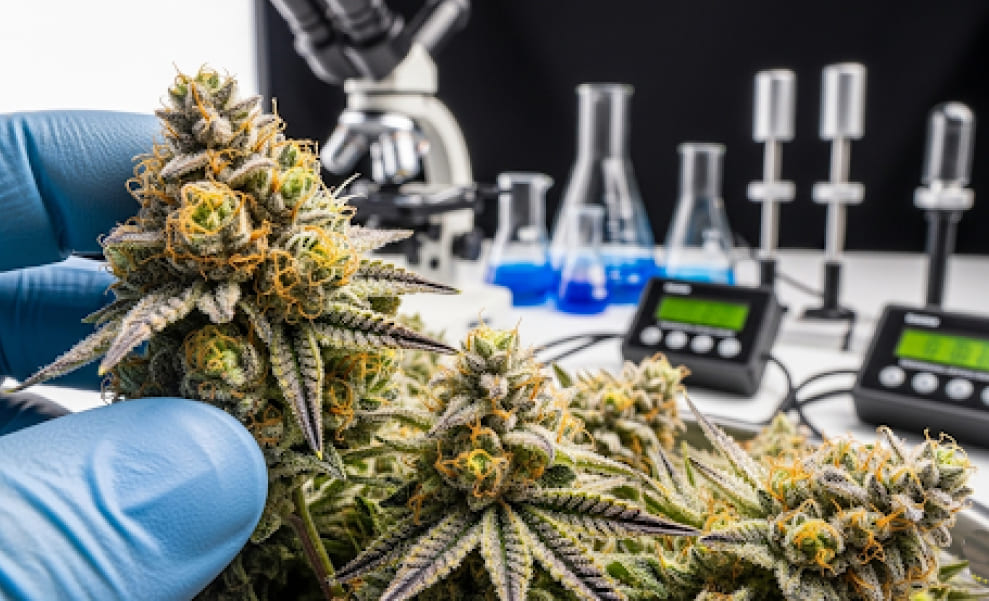
Commercial Cultivation and Consumer Trust
In the commercial cannabis space, predictability is everything. Consumers expect consistency—when they buy a strain like Gelato or Sour Diesel, they anticipate a specific taste, smell, and effect. This consistency can only be achieved through a combination of well-established genetics and highly controlled growing methods. If one of these variables is off, the product may disappoint. So, what influences more: genetics or growing method? In the eyes of the consumer, both matter equally.
Brand loyalty in cannabis is fragile, and a single disappointing experience can lead a customer to jump to a competitor. That’s why commercial growers invest heavily in cloning elite genetics and developing Standard Operating Procedures for every part of the grow. From seedling to cure, the goal is replication. In a way, commercial cannabis is less about innovation and more about quality control—delivering an identical experience again and again. In answering what influences more: genetics or growing method?, businesses say: both, without compromise.
- Brand integrity depends on replicable results.
- Standardized methods reduce variability and risk.
- Consumer confidence stems from consistency.
- Pre-Rolls for Beginners: Unlock a Smooth and Easy Start to Cannabis
- What products contain cannabinoids?
- Difference Between Indica, Sativa and Hybrids – What does it mean?
Genetics for the Long Game, Method for the Moment
One way to view this debate is through time: genetics are the long game, while growing methods define the moment. You can’t change a plant’s DNA mid-cycle, but you can tweak its environment every day. This makes genetics a form of strategic investment—building a strong foundation—while cultivation is tactical, handling the day-to-day execution. In that context, what influences more: genetics or growing method? becomes a matter of short-term vs. long-term impact.
Breeders work for years to refine a new strain, selecting parents that deliver desired effects and characteristics. Meanwhile, cultivators respond in real time to challenges like pests, nutrient deficiencies, or shifts in climate. Both roles are essential, but they operate on different timelines. The best results come when genetics and growing method work hand-in-hand, each reinforcing the other for a crop that’s potent, aromatic, and beautiful. So if you’re wondering what influences more: genetics or growing method?, know that time gives each its place.
- Genetics create a roadmap for future generations.
- Cultivation decisions optimize short-term performance.
- Peak cannabis results from alignment across time scales.
Conclusion: It’s Not Either-Or—It’s Both
In the end, choosing between genetics and growing method is like asking whether the architect or the builder matters more. Both are crucial, and one cannot succeed without the other. Great genetics give growers something exceptional to work with, while great growing methods give genetics the opportunity to shine. This isn’t a competition—it’s a collaboration. When we ask, what influences more: genetics or growing method?, we’re really exploring how excellence is achieved.
For consumers, understanding this balance can help make better purchasing choices. For growers, it reinforces the importance of starting with top-tier seeds and cultivating with care. The cannabis industry is growing more sophisticated, and the best results will always come from honoring both nature and nurture. What influences more: genetics or growing method? The real answer is: the synergy between the two.
- Cannabis quality comes from the synergy of genes and method.
- Both breeders and growers shape the final product.
- Informed decisions grow from understanding both influences.

OPEN
How important is genetics in determining cannabis quality?
Genetics is absolutely foundational when it comes to cannabis quality. A strain’s genetic makeup dictates everything from its cannabinoid content to terpene profile and growth characteristics. No matter how perfect the growing environment is, weak genetics won’t suddenly produce top-tier buds. For example, a strain bred for high THCA and strong anti-inflammatory properties will naturally have more medicinal potential than a low-potency hybrid. Think of genetics like the blueprint of a building — no matter how skilled the workers are, a bad design limits the final result. So yes, if you’re chasing specific effects like pain relief, starting with the right genes is essential.
Can the growing method override bad genetics?
Unfortunately, not really. Even the most advanced growing techniques — from hydroponics to living soil, from full-spectrum LED lights to precise nutrient schedules — can only maximize what the plant’s genetics allow. You might get the best version of that strain, but you can’t transform a mid-grade plant into a premium one just by growing it better. However, poor cultivation can absolutely ruin great genetics. So, while growing methods can’t fully compensate for bad genes, they can definitely destroy good ones. The takeaway? Start with strong genetics, then support them with proper growing methods.
Are indoor-grown plants better than outdoor ones?
Not necessarily — this is where growing method plays a bigger role. Indoor grows allow for complete environmental control: temperature, humidity, light cycles, CO₂ levels, and more. This often results in more consistent and visually appealing buds. But outdoor grows, especially in ideal climates like California or Oregon, can yield plants with rich terpene profiles and full-bodied effects due to real sunlight and natural soil interactions. Both methods have pros and cons, and the end result depends on how well each environment is managed. In other words, it’s not about indoors vs outdoors — it’s about doing each one right.
Does the growing method affect medical effects like anti-inflammation?
Yes, especially when it comes to terpene expression and cannabinoid potency. For example, a strain known for high THCA levels might express different medicinal effects depending on how it’s cultivated. Soil composition, nutrient schedules, and even harvest timing can influence the final chemical profile. For inflammation specifically, methods that preserve trichomes and minimize stress during flowering will retain more THCA — the key compound for relief. So while genetics provide the potential for inflammation control, growing practices determine how much of that potential ends up in your stash.
What matters more in the end: genetics or growing method?
Both are critical, but genetics usually takes the lead. Without strong genetics, even the best grow will only go so far. But without proper growing methods, great genetics can be wasted. Think of it like this: genetics sets the ceiling, and the growing method decides how close you get to it. If you’re shopping for Top 5 THCA Products for Inflammation, you want products that combine elite genetics with expert cultivation. It’s the synergy between the two that delivers the most reliable, effective cannabis for therapeutic use.



